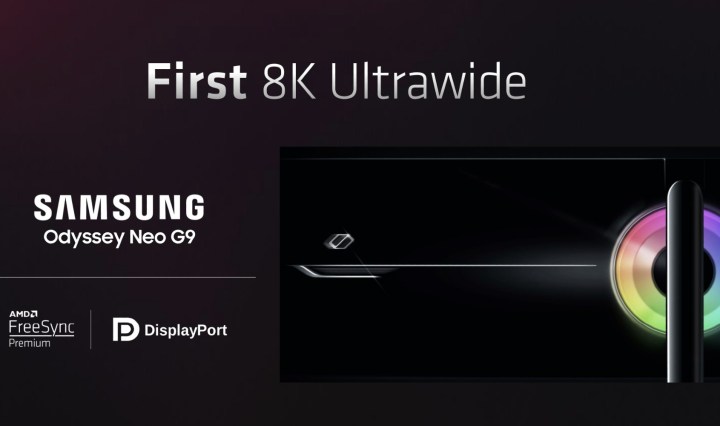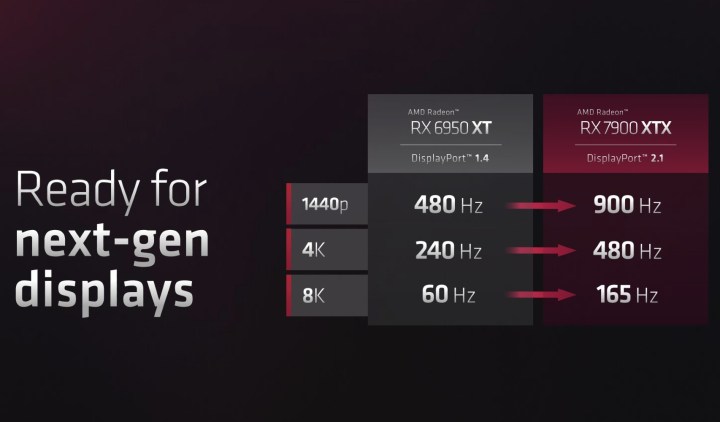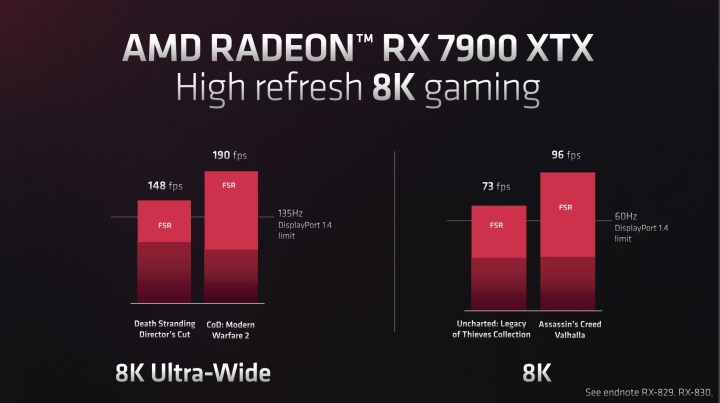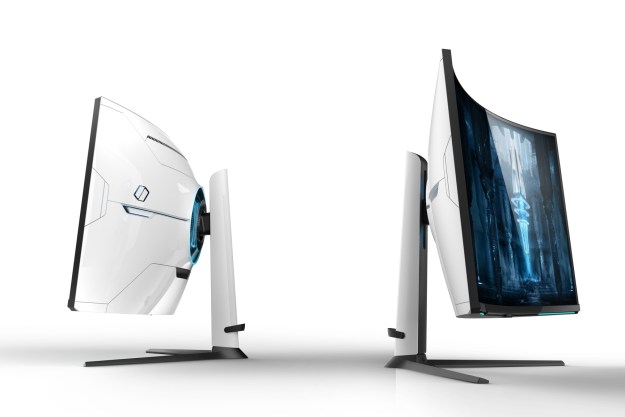The first 8K ultrawide monitors are finally coming — and they’re coming soon. Details are incredibly sparse, but we do know that these high-resolution gaming displays will be launching sometime in 2023.
The announced was dropped at AMD’s next-gen RX 7000 GPU launch, where the company announced that the Samsung Odyssey Neo G9 would be the first official

The first of the bunch will be from Samsung, the Odyssey Neo G9, but AMD confirmed that companies like Dell, Asus, Acer, and LG will also be supporting this higher resolution on future monitors. While we don’t have many of the details of what these
We don’t know the exact resolution on these future displays, but AMD listed 7680 x 2160 as the tested resolution for “8K widescreen.”
AMD did not confirm that these first 8K displays would support higher refresh rates (higher than 60Hz) but did imply that the capability to go to 165Hz was now possible. That’s thanks to DisplayPort 2.1, which AMD is happy to support on its new RX 7900 XTX and 7900 XT. Compared to DisplayPort 1.4, DisplayPort 2.1 also moves 1440p displays from a max of 480Hz to 900Hz and 4K from 240Hz to 480Hz.

AMD is making a big deal of this, of course, because it’s a port that Nvidia’s RTX 40-series graphics don’t support. Even the flagship RTX 4090 is still stuck on DisplayPort 1.4a. It should be noted that for 8K ultrawides, DisplayPort 1.4a can still reach 135Hz, even though the standard 8K resolution is locked at 60Hz.
As exciting as 8K might sound, most PC gamers are still playing in 1080p, even if there’s been some significant growth in 1440p and
In 8K ultrawide, the RX 7900 XTX can supposedly hit 190 fps in

Lastly, the power consumption of these upcoming
If these
AMD says more details on these
Editors' Recommendations
- Should you wait for the 2023 Samsung Odyssey Neo G9, or buy last year’s model?
- Samsung’s first flat mini-LED gaming monitor doesn’t come cheap
- Samsung’s new Odyssey Neo G9 gaming monitor is beautiful, but it has a fatal flaw
- Asus’ 4K, 32-inch mini-LED gaming monitor might hit the perfect sweet spot
- Samsung’s CES 2023 gaming monitors range from curved QD-OLEDs to 8K behemoths



